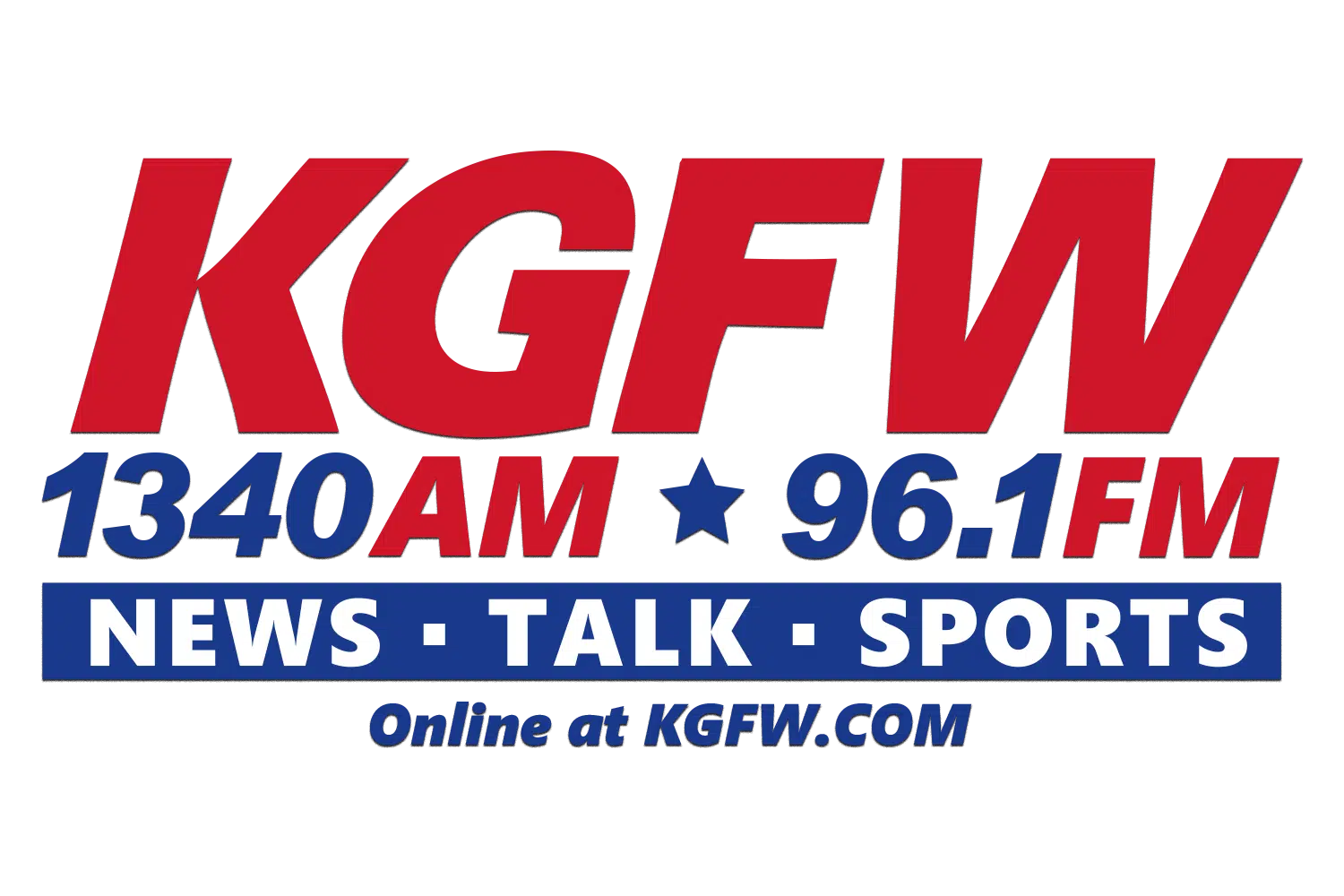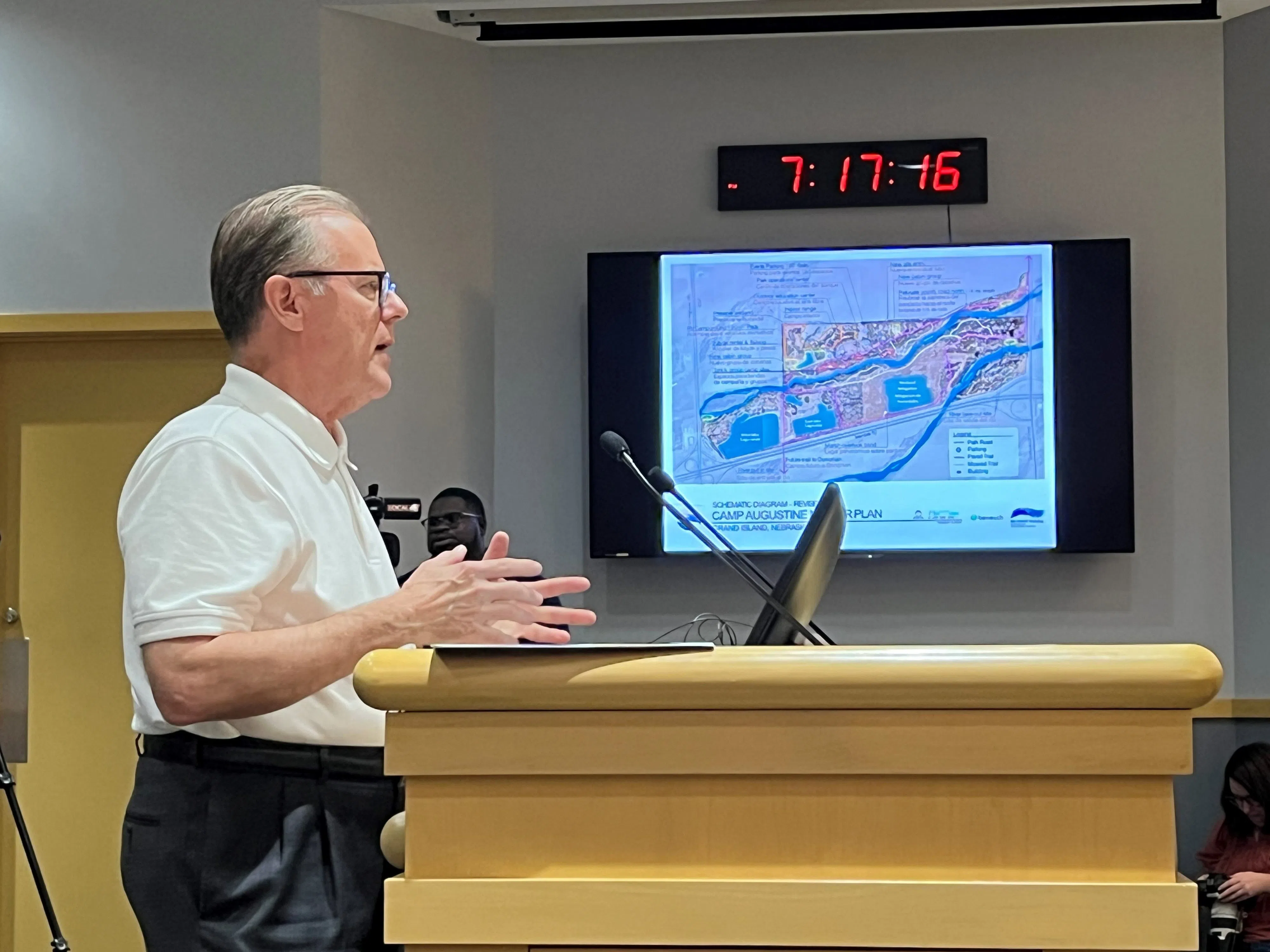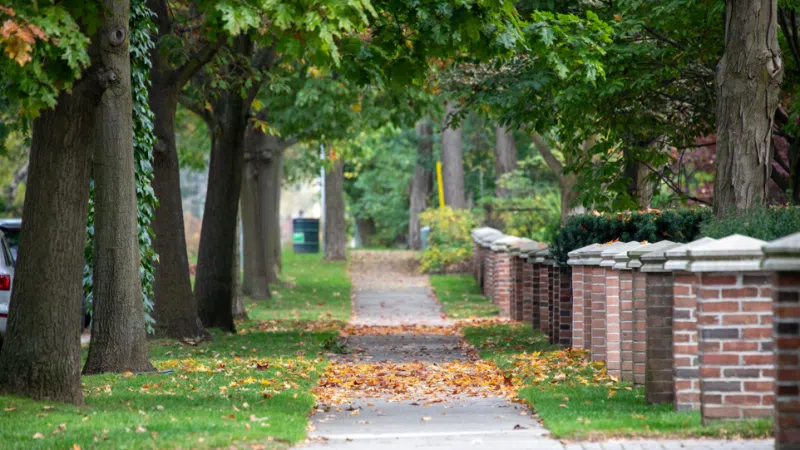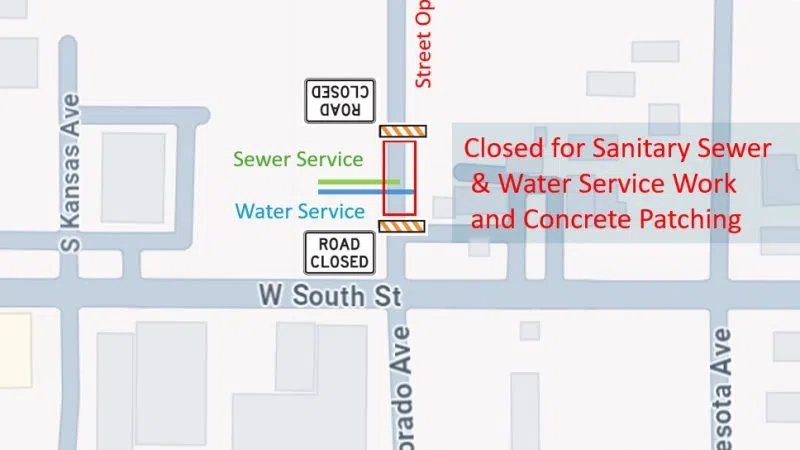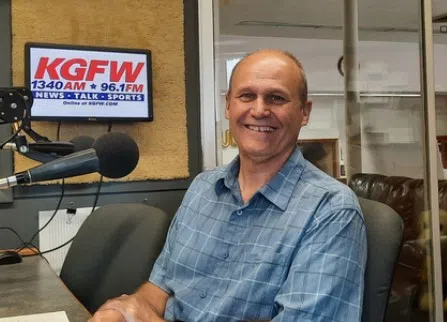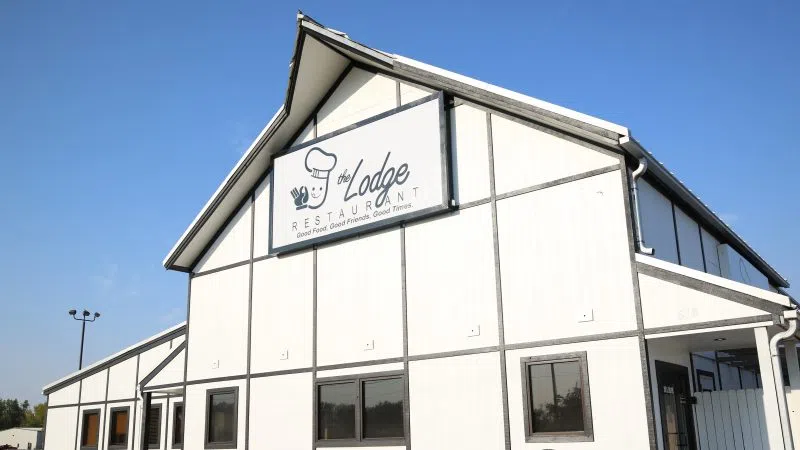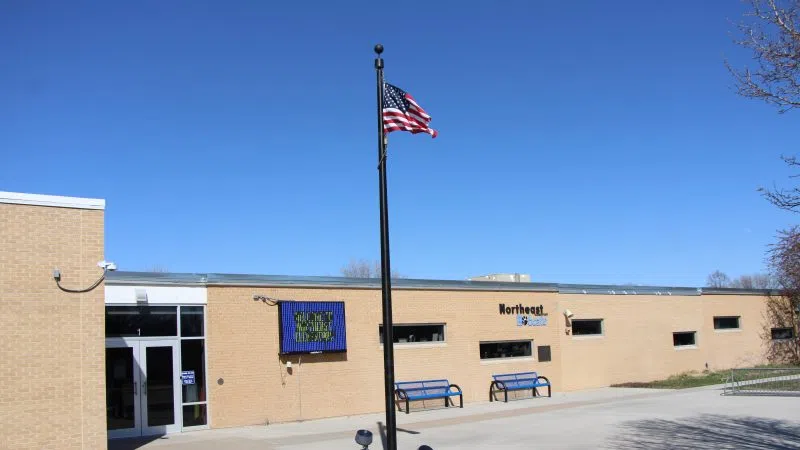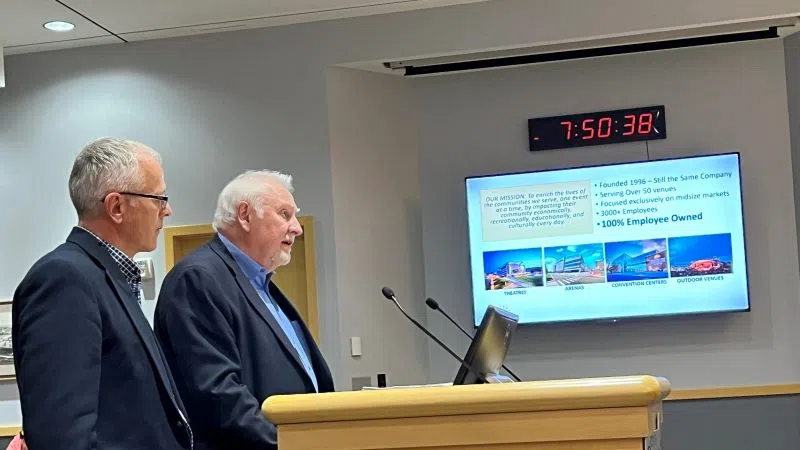GRAND ISLAND – An Omaha landscape architect gave a presentation to Grand Island City Council Oct. 8 about the future of a recreation area that would span from Camp Augustine to Mormon Island State Recreation Area.
The plans were created as a result of public input sessions where participants placed adhesive circles next to features they’d like to see at the site.
“We can create an area of public access land in excess of 600 acres,” Mayor Roger Steele said.
Steele noted that the project would allow the Nebraska Game and Parks Commission to have a greater presence in Central Nebraska.
“I intend to work to raise money for Camp Augustine,” Steele said.
The cost to develop the recreation area is $45.3 million. Parks and Recreation Director Todd McCoy said Wednesday morning that a variety of funding, including grants, city funding, and private funding would be considered to pay for the project.
“That’s the next step,” McCoy said, referring to creating a funding plan.
Features ranging from two RV campgrounds to an education center would be included at the site, which covers 657 acres and includes six tracts of land, said John Royster, landscape architect and president of Big Muddy Workshop in Omaha.
The tracts of land are Camp Augustine, 158 acres; Mormon Island State Recreation Area, 167 acres; Nebraska Game and Parks Commission, 156 acres; Nebraska Department of Transportation, 56 acres; federal land, 88 acres; and Hall County, 32 acres.
The cost to develop the recreation area is $45.3 million. Royster said he envisioned that the site would eventually become a state park.
Components of the recreation area include:
*Outdoor education center, $7.29 million. The 8,700 square foot center would have exhibits to orient visitors to the Central Platte’s unique ecology. The center would include indoor classrooms, outside learning spaces for education, and interpretation.
*Central green space, $980,485. This area would be a large open space for events, free play, picnicking, and spending time outside with family and friends.
*Indoor archery and pellet gun range, $1.60 million. The former camp store would be renovated and expanded to include archery and air-powered pellet gun ranges.
*Nature playground, $517,726. This outdoor area is an outdoor exploration area with natural features and other components to allow children to experience imagination-led play.
*Kayak and fishing pond, $591,741. People could use a kayak, canoe, or stand-up paddleboard around the pond, which would also be stocked with fish.
*Trails and pedestrian river crossings, $5.84 million. An interconnected system of paved and natural surface trails would allow visitors to explore natural areas and walk or bike from Camp Augustine to Mormon Island State Recreation area. Three pedestrian bridges, including the Locust Street trail, would cross the Platte River and connect parks.
*Tent campgrounds, $898,363. The riverside tent camping area would be in the same location where youth and their leaders camped at Camp Augustine.
*RV Campground, East Loop, $3,54 million. This area would be located in a site that currently has areas of large trees. There would be increased spacing between camping pads, full-service utilities, and internal sidewalks for pedestrian safety. There would be restroom/shower houses and a sanitary dump station on the exit route.
*RV Campground, West Loop, $3,47 million. This campground would include many of the features of the East Loop Campground and would preserve areas of large trees that separate camp areas.
*East cabins, $3.25 million. There would be eight single-room cabins with bathrooms that sleep up to six people each. A shared kitchen would include ranges and refrigerators. There would be an open-air shelter for dining and activities.
*West cabins, $3,18 million. There would be eight single room cabins with bathrooms and other features the same as the east cabins.
*Dog park, $212,590. The dog park would have small dog and all dogs play areas with a mixture of sun and shade separated from noise sensitive site uses.
*North channel, river put-in and take-out, $1.24 million. This would be a watercraft put-in area near Highway 281 with a two-mile float in park to take-out near Locust Street.
*South channel, river take-out, $375,076. This would allow watercraft to take-out upstream of Locust Street. There would be existing public access put-ins two to 10 miles upstream.
*Sanitary sewer system, $3.60 million. This is for the entire system, not broken out geographically.
*Potable water system, $2.29 million. This is for the entire system, not broken out geographically.
*Electrical system, $1,36 million. This is for the entire system, not broken out geographically.
In other action Tuesday, the City Council recognized Jodi Halm for 40 years of service working in the city’s Finance Department.
Ron DePue of Grand Island is a member of the city’s Food and Beverage Occupation Tax Oversight Committee. According to a memo from City Administrator Laura McAloon, voters approved an occupation tax on food and beverages of 1.5 percent at the May 10, 2016 election. After the election, the city created the Food and Beverage Occupation Tax Oversight Committee to be responsible for reviewing the revenues and expenditures of the city’s occupation tax. The committee meets quarterly. The City Council packet included a list of the committee’s expenses from Oct. 1, 2023, through Aug. 31, 2024. They include: Veterans Ballfield, $930; George Park restroom update, $395,989; Ryder Park restroom update, $290,273; Stolley Park paving improvements, $277,282; Loan principal/expense, $512,279; loan interest expense, $61,886; economic development for State Fair payments, $548,242; other expenditures, $133; Husker Harvest Days payment to Community Redevelopment Authority, $200,000; and Grown Grand Island donation, $500,000.
The City Council voted 10-0 to approve the 2024-25 fee schedule.
The City Council approved by a 10-0 vote an amendment to a community development block grant with Grand Island Area Habitat for Humanity. In October 2019, the city received an annual allocation of $413,557 from the U.S. Department of Housing and Urban Development’s Community Development Block Grant Program (CDBG). In August 2019, the City Council approved an annual action plan, which included various projects throughout Grand Island, all which benefit low to moderate income people or areas. Habitat for Humanity still has unspent funds allocated to the project. The amendment would allow Habitat for Humanity to continue to use CDBG funds for home repairs. Habitat for Humanity has three homes waiting on repairs that would be eligible for the funds.
The City Council voted 10-0 to approve assessments for the South Locust Business Improvement District. The 2024-25 budgeted assessments total $104,617.
The City Council voted 10-0 to create a Consolidated Tax Oversight Committee. In the past, the city has had the Occupation Tax Oversight Committee and the Citizen Advisory Review Committee that oversee the food and beverage tax and funds authorized by the Municipal Economic Development Act. “These two committees have functionally the same composition and duties,” City Administrator Laura McAloon wrote in a memo to City Council. Due to the number of members required for each committee, the number of vacancies on the committees has increased over time. The ordinance creates one Tax Oversight Committee and exercises the duties prescribed by state statute and City Code for each of these previously stand-alone committees.
